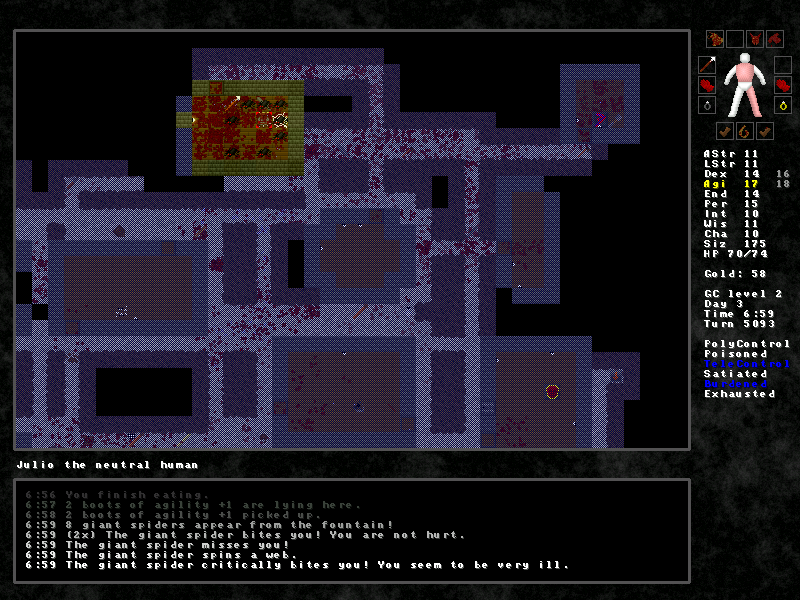My wrist has recovered enough to allow me to play two-handed games again! I’m playing a few at the moment, but I’m not ready to write about them yet, so I wasn’t sure what to post about. Then I played Moustache King Adventure.
Moustache King Adventure was an entry in the latest A Game By Its Cover competition, in which developers must make a game based on a fake game cartridge (in this case, it was this cartridge). The first A Game By Its Cover competition was hosted over at Tigsource (an indie games site run by Derek Yu, of Spelunky fame), and brought us such classics as Cat Poke and Under the Garden (which is, incidentally, getting a full-blown sequel called Under the Ocean). It seems that the A Game By Its Cover competition has since spun out on its own, with a dedicated website and everything. In this second contest, entrants had one month to make their games from scratch, so most of the games are simple and short. Moustache King Adventure is no exception, but it’s an enjoyable way to spend a few hours. It also has 400% more moustaches than the average game.




